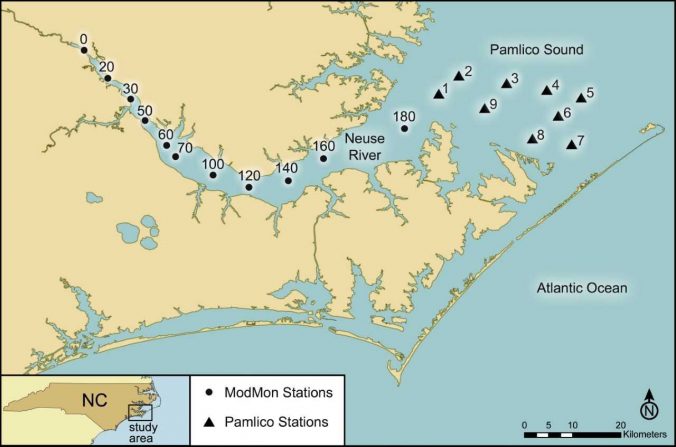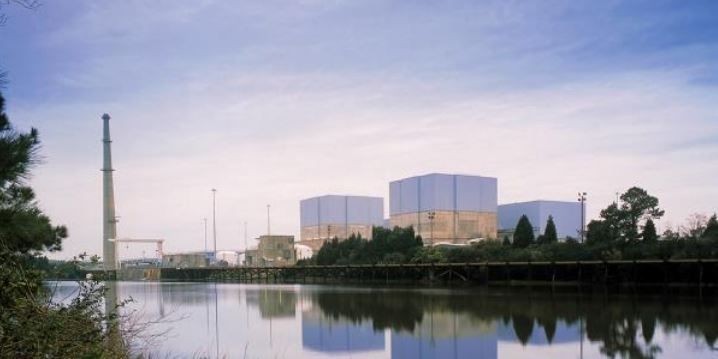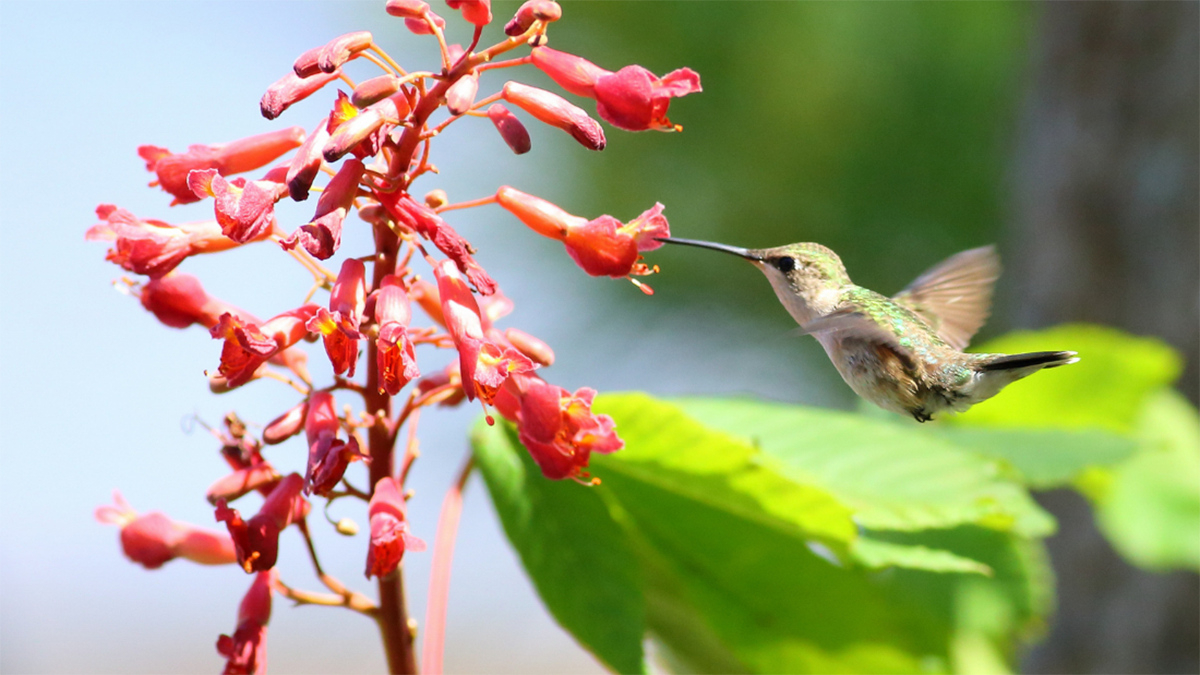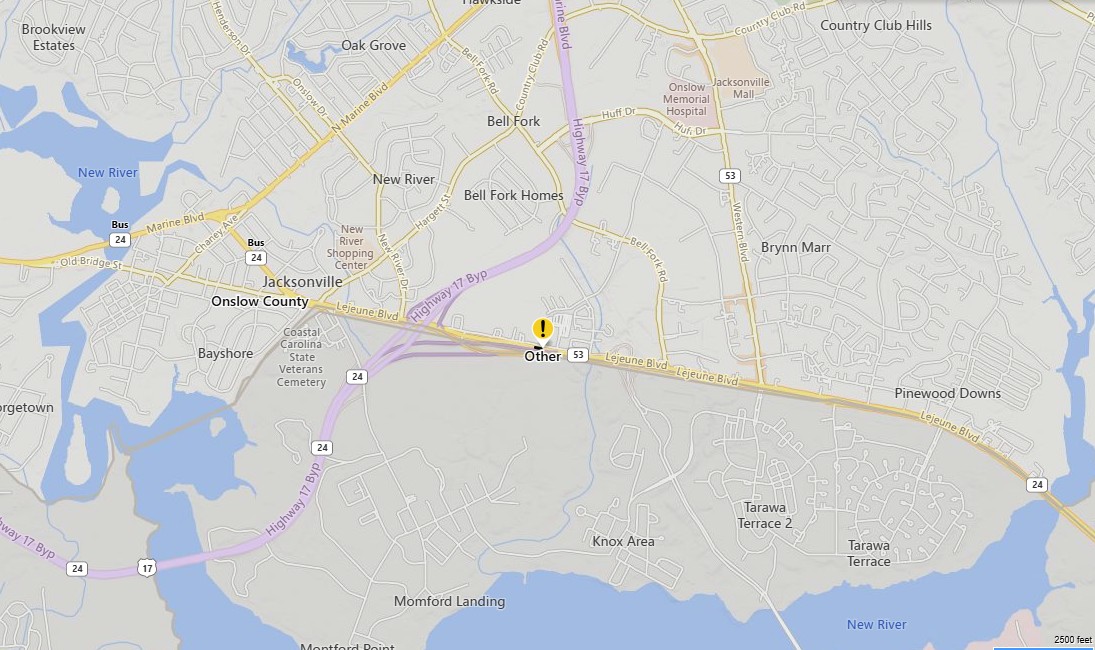
This is the first in an effort to provide regular water quality updates based on data collected by Dr. Nathan Hall and the Neuse River Estuary Modeling and Monitoring Project, or ModMon, a collaborative effort between the University of North Carolina and the North Carolina Department of Environmental Quality.
River flows remained low in the Neuse River as of last week. Low flows are indications of long stretches of dry weather, where there’s little to no rain contributing to the river.
Supporter Spotlight
One of the potential consequences of low-flow conditions is that it can help facilitate the development of freshwater algal blooms, which are otherwise rare in the river because the water usually moves too quickly for blooms to develop. Low-flow conditions give the algae more time to actualize. One of these blooms recently emerged at the N.C. 43 Streets Ferry Bridge near New Bern.
One way to measure algal blooms like this is by measuring the amount of chlorophyll-a that is present. Chlorophyll-a is the component of plants and algae that makes them green. ModMon researchers detected about 35 micrograms per liter, which is unusually high. For reference, North Carolina’s water quality standards dictate that chlorophyll-a levels should not exceed 40 micrograms per liter in slow-moving waters like sounds and estuaries.
After looking at a sample of the algae under a microscope, ModMon researchers believe that the bloom was caused by a Planktothrix, a cyanobacteria that grows in filaments and produces toxins like microcystins. Humans or other animals that drink this water could become severely ill and experience problems including liver damage.
ModMon plans to continue to monitor this potentially harmful bloom.
Salinity in the Neuse also remained at high levels. This is due to a salt wedge that is reaching upstream from New Bern. A salt wedge is a bottom layer of salt water that intrudes into fresh water. Because salt water is denser than fresh water, the bottom layer stays intact and doesn’t mix well with the upper layer. This occurs because tidal motion in estuaries is especially low, and without something to churn the layers together, they can remain separated. ModMon researchers found that the vertical stratification of these two layers near the mouth of the river was moderate.
Supporter Spotlight
At the tip of the salt wedge at Station 20 — see map — there began a zone of hypoxic water that stretches downstream to station 70. Hypoxic water has low oxygen levels, and can sometimes lead to fish kills.
ModMon detected another algae bloom at stations 60 and 70. However, this one was caused by a phytoplankton that is not known to be toxic or problematic for the ecosystem.
The Paerl Lab at the UNC Institute of Marine Sciences in Morehead City collects surface and bottom water from sampling stations 0-180 on a biweekly basis throughout the year. Samples are also collected monthly in Pamlico Sound from stations 1-9.







